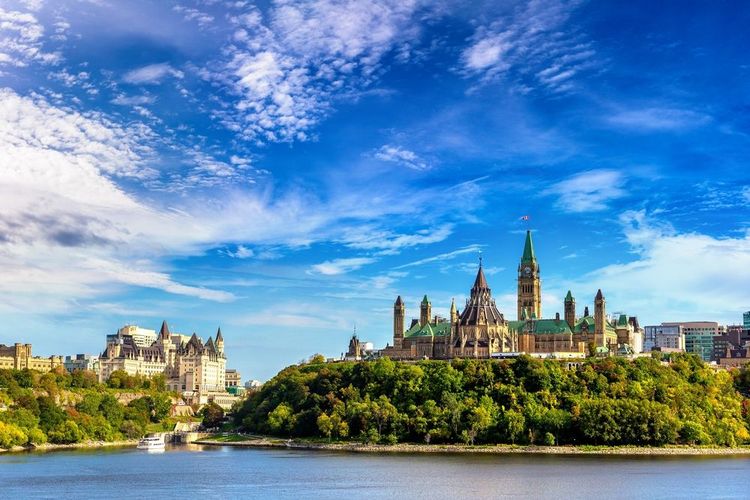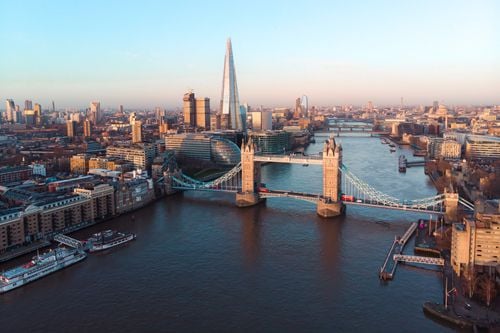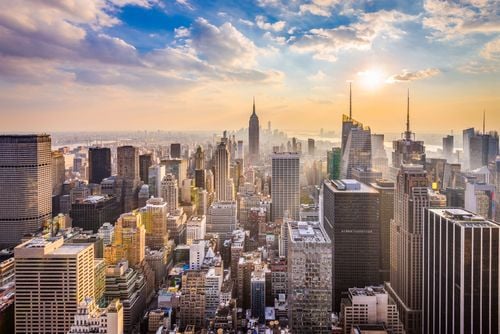Known as the green lung of the Outaouais, Gatineau Park is located in the city of Gatineau, in the heart of the Outaouais region. Gatineau and its park are part of the Ottawa-Gatineau agglomeration. The 361 km2 federal park is administered by Canada's National Capital Commission. This huge park, 20 km from Ottawa, is a year-round playground for Ottawa residents and visitors alike. It is the second most visited park in Canada. The park is divided into several sections, one of which is directly accessible from downtown Ottawa.
Less than 20 minutes' drive from Ottawa, the green lungs of the Outaouais are a breath of fresh air... Discover the incredible biodiversity of Gatineau Park, with its fifty or so lakes and lush forest. This green setting was once a hunting and gathering ground for the Algonquins, one of Canada's aboriginal peoples. During New France, the park was home to a mine and several forests of trees that were cut down to build ships. Today, it is a protected area, with some roads closed to cars. Many rare species of tree, such as the bicoloured oak and the white oak, are preserved in the park. As for the wildlife, deer, skunks and wolves live in peace in Gatineau Park. Whether it's a family bike ride, a half-day paddle for two or a camping weekend with friends, Gatineau Park has plenty of surprises in store for you.
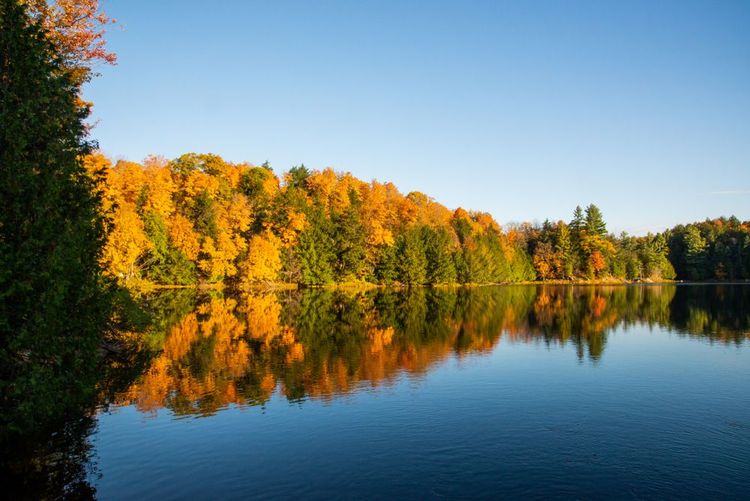
View of one of Gatineau Park's lakes.
- © EC Masales / ShutterstockGatineau Park, lakes and greenery opposite Ottawa
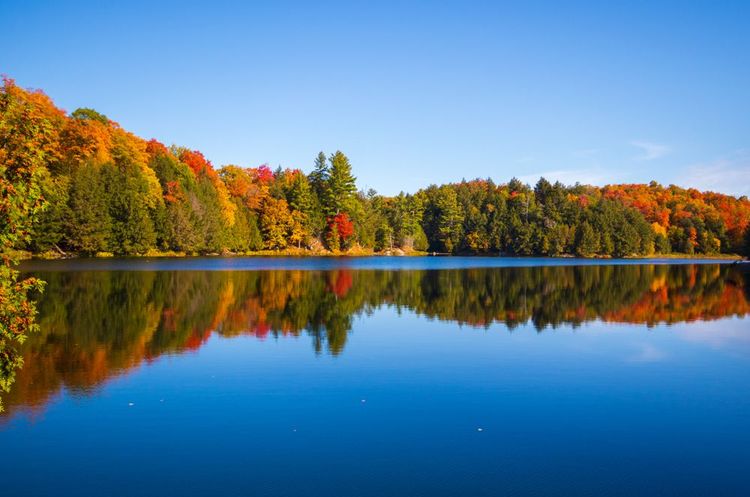
Gatineau Park is only 20 km from Ottawa.
- © Karen Hogan / ShutterstockHistory of Gatineau Park
Before the first settlers arrived in Canada, it was the Algonquin people who used the park for hunting and gathering, the community's main source of food.
Who are the Algonquins?
The Algonquins are an aboriginal people of Canada. They are part of the Kitchesipirini nation, although they are linguistically and culturally close to the Outaouais and the Ojibwe. The Algonquins are spread across Quebec and Ontario.
When the first settlers arrived, they saw the forest of Gatineau Park as a source of timber for shipbuilding. New France explorer Nicolas Gatineau explored the land in search of furs, giving his name to the park and to the Gatineau River. During the 19th century, the park was inhabited by a number of lumberjack families, who gave their names to the various lakes. Resources were exploited through two iron mines and pine forests. In 1912, the Dominion Parks Commissioner proposed the creation of a federal park in Quebec.
The over-exploitation of the region's forests and environmental issues prompted the federation to purchase some land in the Gatineau Hills, thus forming the embryo of the park. At the time, the land did not belong entirely to the federal government. The Quebec government owned most of it. As a result, Gatineau Park could not officially become one of Canada's national parks. Since then, agreements have changed and numerous laws have been created to protect the park.
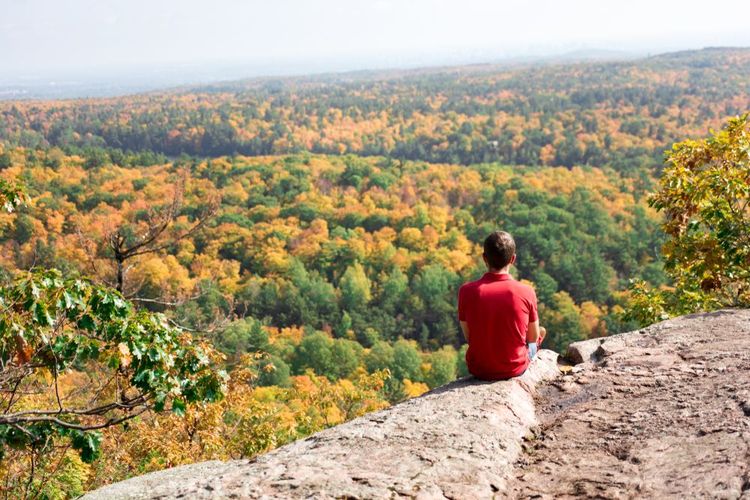
The fall colors in Gatineau Park are incredible.
- © Damian Lugowski / ShutterstockConservation and scientific research in the park
Gatineau Park's conservation priorities are to protect biodiversity, particularly species at risk, and to limit habitat fragmentation by protecting areas of ecological continuity. The park is actively working to promote ecosystem management based on ecological integrity. In fact, the government's mission is to limit as much as possible the pressures and consequences of human activities around Gatineau Park.
A green area 80% forested
Although the park is just a short drive from Ottawa, it is part of the province of Quebec. The park is part of the city of Gatineau. Around 80% of this green space is forest. Fifty lakes are included in the area. Among them is Pink Lake, a meromictic lake - in other words, one where the surface of the water and the depths rarely mix. In fact, the last few metres of this lake are completely deprived of oxygen. The biodiversity of this very special ecosystem is fantastic.
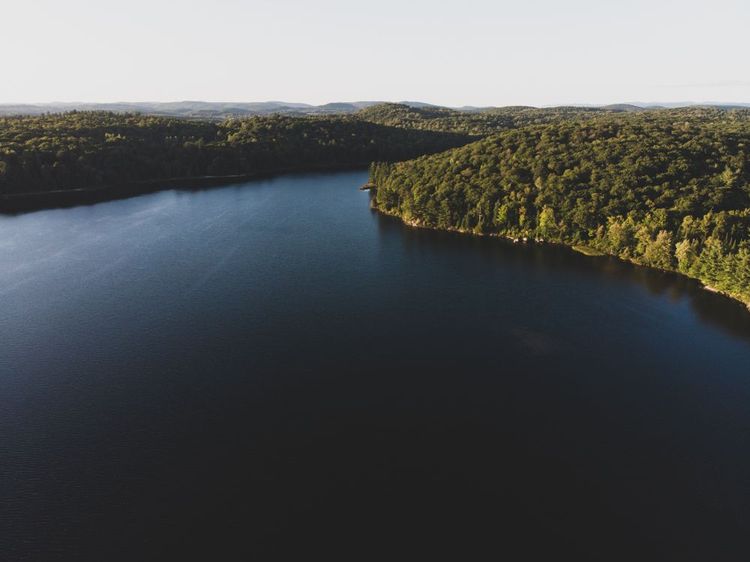
Aerial view of the lake in Gatineau Park
- © Creative Captures Canada / ShutterstockEndemic plants and majestic animals
Flora
Gatineau Park is home to the largest number of endangered plant species in Canada, including bicoloured oak, white oak and black maple. The flora is diverse and dense. In addition to the majority of the forest, many vascular plants make the park a place where nature is a resource and impresses visitors.
Wildlife
Around fifty species of mammal live in the park. The rarest are the white-tailed deer, of which there are 1,200 in the park. A population of Eastern wolves lives in the park, although sightings are very rare. If you wander under the canopy, you're more likely to come across a beaver, squirrel, skunk or weasel.
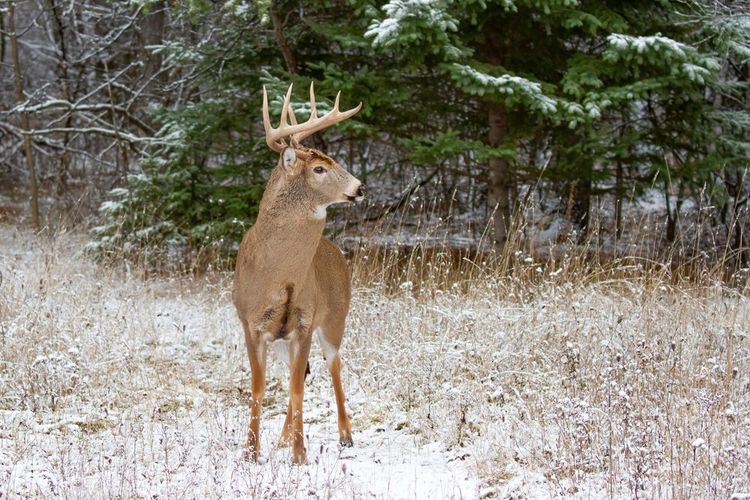
Gatineau Park's wildlife includes several species at risk.
- © Jim Cumming / ShutterstockWhat to do in Gatineau Park?
Nature lovers, sports enthusiasts and anyone needing a nature break away from the city will be delighted.
Breathtaking walks and viewpoints
Do you like hiking? Gatineau Park offers 183 km of hiking trails. There's something for everyone, with different gradients, distances and, of course, scenery. We really enjoyed the Pink Lake trail, which is intermediate level. It's a 2.3 km loop that takes about 1 hour. On this trail, we circled Pink Lake and admired some breathtaking views. Along the way, there are a number of interpretive panels to help you discover the ecosystem of Pink Lake. Find out more about all the walks in Gatineau Park on the National Capital Commission's government website.

There are 183 km of hiking trails in Gatineau Park.
- © EB Adventure Photography / ShutterstockDiscover Gatineau Park by bike
Cyclists are not forgotten in Gatineau Park. There are plenty of trails to choose from, and both road and mountain bikes are on the menu! The roads leading to Pink Lake, Mont King, Belvédère Etienne-Brûlée and Belvédère Champlain are closed to motorists. In fact, access by bike is a pleasure, as you'll have complete freedom. However, these paths are accessible to motorised vehicles on Wednesdays, Saturdays and Sundays from 1 p.m. until 30 minutes after sunset.
Swimming in the park's 50 lakes
There are 6 supervised beaches along the shores of the lakes in Gatineau Park. We recommend the Plage Breton on Philippe Lake, a long sandy strip with BBQ facilities. If you have children, Plage Parent is ideal, as it has a children's playground. The beaches are free and supervised from 10am to 6pm, every day of the summer season.
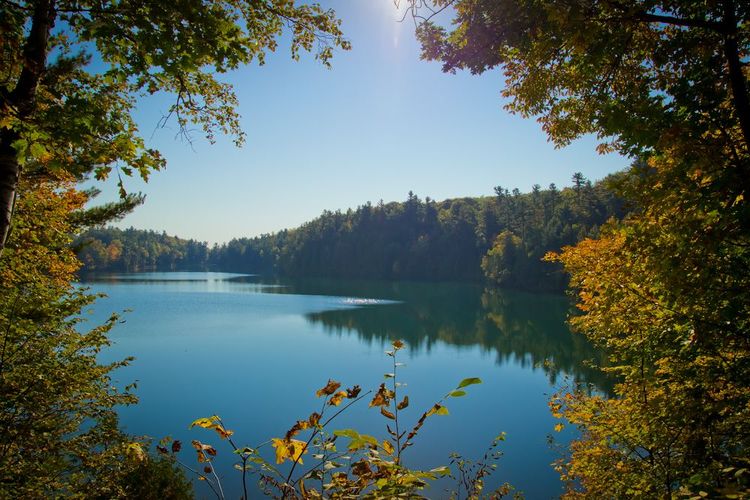
There are several beaches in Gatineau Park for those brave enough to take a dip.
- © JSA photo / ShutterstockExplore the lakes on the water
Among the park's 50 lakes, a trip in a kayak or canoe is always a welcome option. Lac Philippe and Lac La Pêche offer kayaks, stand-up paddles, rowboats, canoes and more for hire.
Practical information
🚌 How do I get there?
Gatineau Park is just a 16-minute drive from downtown Ottawa.
⭐ Where to sleep?
For happy campers, several campsites are available within Gatineau Park.
Find the best places to pitch your tent on the National Capital Commission's government website.
🍴 Where to eat?
- Café Palmier
This hip and welcoming café is ideal for brunch or a hot drink before heading out on your Gatineau Park adventure. Address: 40 Chem. Scott, Chelsea, QC J9B 1R5, Canada Hours: 7 a.m. to 5 p.m. weekdays, 8 a.m. to 5 p.m. Saturdays and Sundays.
